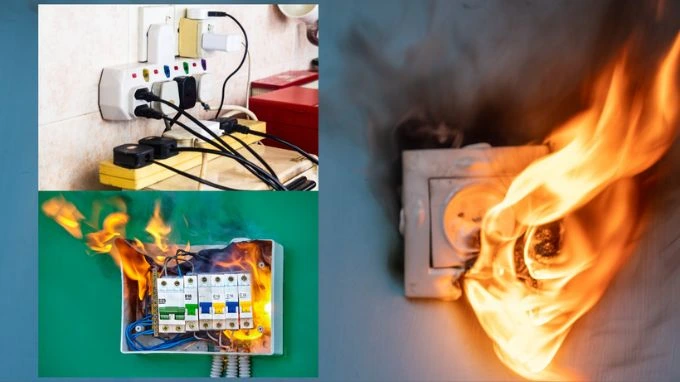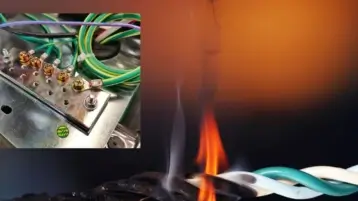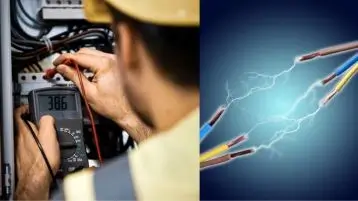
Faulty Electrical Wiring – One of the common reason that we hear when there is a fire incident. Most of these fires and incidents of electrocution are attributed to “faulty electrical wiring;”
“faulty electrical wiring”– a term used when there is an electrical-related fire in the Philippines.
Is there a faulty electrical wiring?
– There is no such thing as faulty electrical wiring IIEE says in an article in Philstar.com .
It is not specified in our Electrical Code also known as Philippine Electrical Code. An electrical system won’t work nor function if, in the very first place, it is faulty. In the perspective of an electrical engineer, Faulty Electrical Wiring as a cause of fire is just a scapegoat, an excuse for a fire incident with a yet unknown origin.
Where did this term “faulty electrical wiring” originate?
According to Engr. Edward Mendoza, the late IIEE president, Professional Electrical Engineer and a Certified ASEAN engineer. This was a concocted by insurance companies to give due classification for damaged properties claiming insurance benefits. “That’s the easiest way they could label a cause of fire.”
It is improbable for an establishment, a residence for example, which has been inhabited for years (with all electrical connections working for years) to be reduced to ashes due to faulty electrical wiring. An electrical system won’t work nor function if, in the very first place, it is faulty. Considering it does work, however, in just a while, the electrical system will crash as manifested by sparks, and worst flames. Faulty electrical wiring as a cause of fire is implausible for a building existing for years.
The main reason for the occurrence of fires and electrocution from electrical causes is not faulty wiring but ignorance in the use of electrical appliances and gadgets such as overloading of electrical outlets and the use of counterfeit electrical products such as circuit breakers, power strips, extension cords, batteries and holiday lights that can cause fires, explosions, shocks, and electrocutions.
Reference: IIEE Magazine Volume XXXVI No.1 March-April 2007, Philstar.com, Proclamation No. 193






